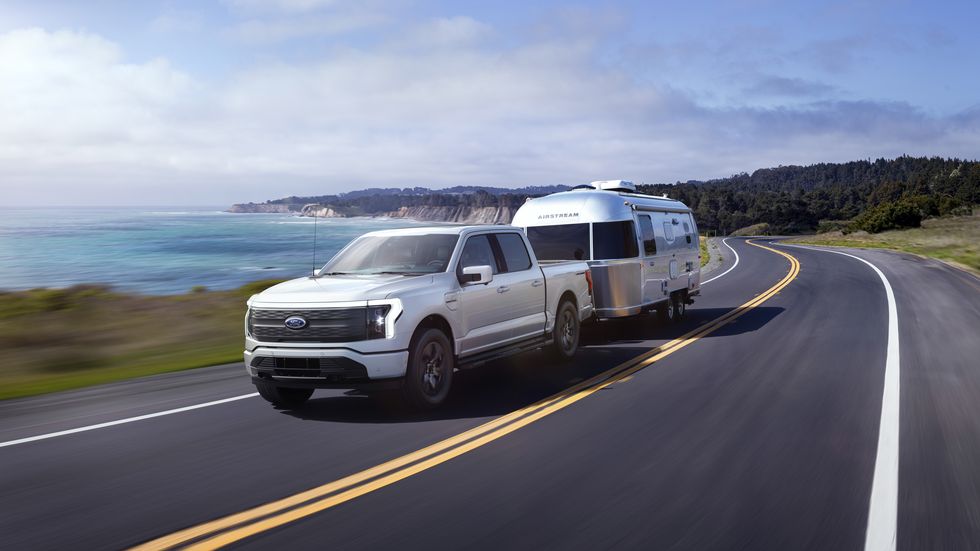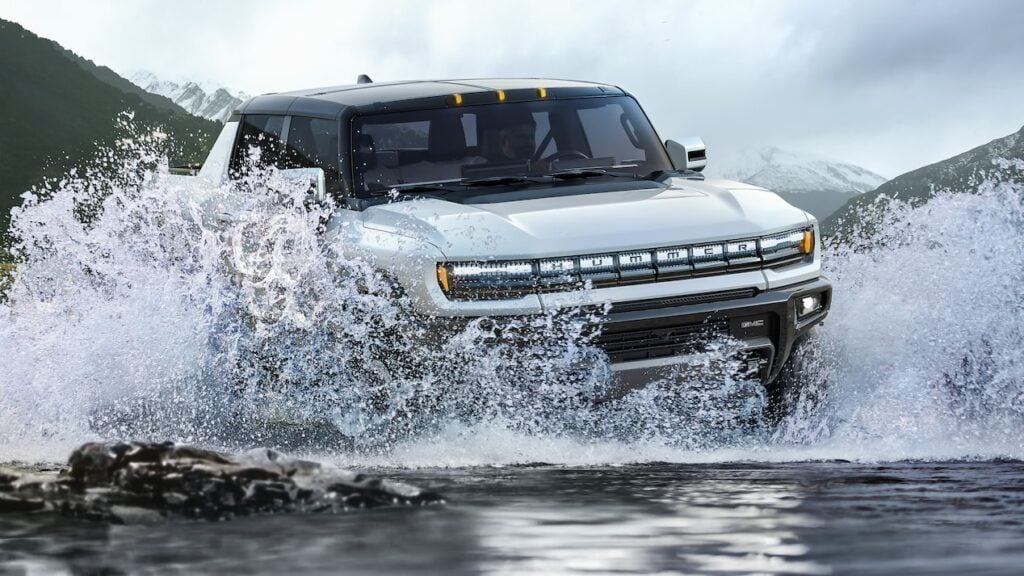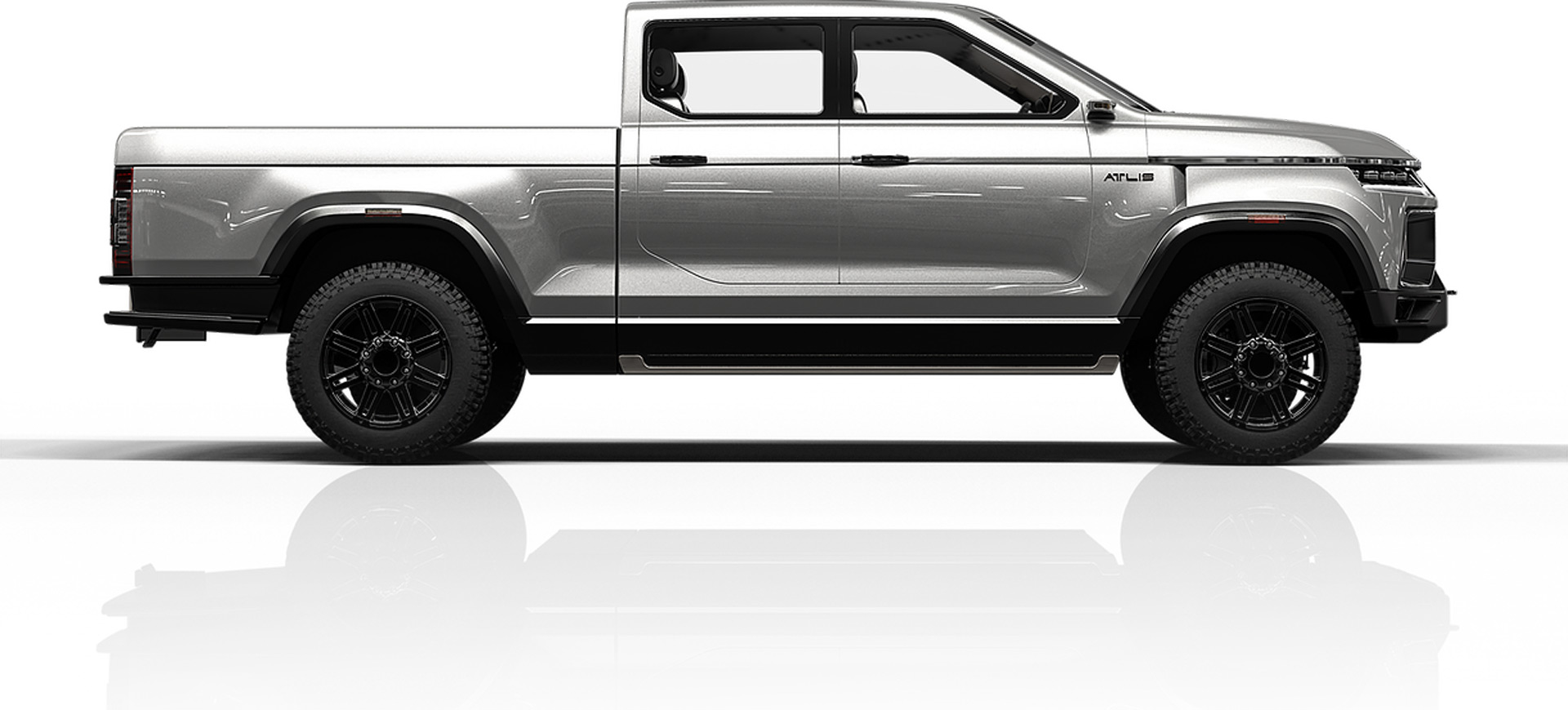20 years ago, mass produced electric cars were practically unheard of. Sure, there were a few backyard-built electric conversions that used stacked together car batteries, but these were science fair projects at best, far from a production quality vehicle. A few short years later in 2008, Tesla motors launched their first production car, the Roadster, which was based on a Lotus Elise chassis. It was a small and nimble sports car with a range of 245 miles, could do 0-60 in 4 seconds, and it had a top speed of 125mph. As cool as it sounded, the price at the time was well over $100,000, and they made so few, it was unlikely you would ever see one in the wild. In 2012, the Model S 4-door full size sedan was released, making the idea of an all-electric car a little more mainstream, and when they introduced their first SUV in 2015 (the Model X) and finally a compact sedan (the Model 3) in 2017 it became clear that electric vehicles were here for the long haul.
If you’re a regular reader of this series, more than likely you drive a pickup truck, and the odds are pretty good it’s got a diesel engine under the hood. One common trend between all Tesla’s and other EVs (Electric Vehicles) on the road today is they are primarily designed for transporting people from place to place while using as little fuel as possible. I can only imagine the warm and fuzzy feeling you get being able to single handedly save the environment while you drive to your yoga retreat, but many red-blooded truck-driving Americans will find little appeal to these electric cars because they are lacking two very important features: a bed and a trailer hitch.
While a fair majority of drivers in the U.S. simply use their vehicles to commute from point A to B, many others use their trucks for a more utilitarian purpose. In every state of this country, you can find a pickup truck towing a trailer, pulling thousands of pounds of tools and equipment, hauling cargo, or driving off the beaten path to get to a remote jobsite. Right now, there is no EV on sale that could replace a diesel-powered pickup truck in terms of utility and off-road ability, but that may change soon. There are about a dozen electric pickups in the works, and so far, it looks like the Rivan R1 T may be the first EV pickup truck to go on sale to the public later this year, but the F-150 Lightning, Hummer EV, and Tesla Cybertruck all are slated to go on sale in the Fall of 2021. While it’s still unclear how much these trucks will be able to tow, one thing is certain: over the next decade, you will see more and more electric trucks, and their capacities will improve as time goes on.

Can You Tow with an EV?
One important use of any pickup is hauling and towing, but can an electric truck replace the heavy-duty diesels we currently use, and if so, what might an average workday look like? First, let’s do some quick comparisons and look at some common diesel trucks and their energy consumption. I drive an L5P Duramax, and when cruising around empty, it will average about 20mpg, which is pretty impressive for a truck that weighs at least 8,500lbs and is shaped like a refrigerator. With its massive 36-gallon fuel tank, it has a theoretical maximum range of around 720 miles before you run out of fuel, and even if its 100% empty, it takes just minutes to refill the tank. When I’m towing my race truck to the track, I pull a 24’ flatbed trailer that weighs about 3,500lbs, and the turbo Silverado on the back is another 5,000lbs, plus I usually have a couple hundred pounds of fuel, tools, jacks, and spare parts. For round number’s sake, my loaded trailer averages 9,000lbs, which is about half of the L5P’s maximum trailer rating of 18,000lb, but my fuel mileage drops to around 11mpg while towing. Even with the aforementioned 36-gallon tank, my theoretical max range drops to just 396 miles, which is a drop of 45%, but I usually end up stopping every 200 miles just to top off and make sure the fuel level doesn’t get too low.
Even though my truck burns diesel fuel and an EV uses electricity (generated by a coal fired powerplant likely), the range drop between the two should be pretty comparable if they’re doing a similar job. Let’s take the new F-150 Lightning for example, since it’s the only one made by a major manufacturer that also sells traditional pickup trucks. The 2022 Lightning has two battery options, and if you choose the deluxe model, the maximum range before you run out of power is 300 miles, but just like my 20mpg L5P, that will be an ideal scenario with no extra cargo or towing. If you assume the same 45% drop in range while towing, that puts the best-case distance at 165 miles, and that’s from fully charged to all the way dead, but likely you’ll have to stop every 100 just to make sure you don’t get stranded. While charging times vary greatly depending on the type of charger used and how much energy is left in the battery, you can estimate charging from 20 to 80 percent battery will take a minimum of 30 minutes, but one interesting thing about an electric vehicle is the charging rate is not linear. On many models, charging from 0 to 20% and from 80 to 100% each take as much time as the middle two thirds, and of course if you pull up to a charging station and you have to wait in line, that can add a ton of time to your road trip. So instead of fueling up your diesel and hitting the road again 10 minutes later, imagine stopping for a recharge every 90 minutes, but it takes an hour to juice up…
Internal combustion isn’t going away completely any time soon, but many manufacturers have pledged to go completely electric in the next 10-15 years, and hopefully along with that transition in manufacturing they also make some big changes to our infrastructure making more charging stations available, and batteries that can be charged much quicker.
What Will Happen to Diesel Trucks?
Even if manufacturers stopped making all gas and diesel powered trucks today and sold nothing but electric vehicles, there would be at least a decade or two of transition time before you see EV’s overtake combustion engines in terms of sheer numbers, since there are nearly 287 million vehicles on the road in the US. It’s hard to say if we will ever get to a point when there are no internal combustion engines operating on the roads, but it seems as though there will come a time in the near future when you won’t be able to buy one. When that does happen, my prediction is the used gas and diesel truck market will get HOT, just like when diesels started having mandatory emissions systems back in 2008. Suddenly the 2007 and older diesels went up in value since they had so many perceived benefits over emissions equipped trucks, and I think the same thing will happen in the future when IC trucks are no longer sold. Between now and 2035 a lot can happen, and I’m sure manufacturers will continue to refine diesel and gas engine technology so it becomes even more efficient, produces more power, and emits less pollution, so I’ll be willing to bet the next decade will produce some of the most powerful diesel pickups the planet has ever seen, and when they make the switch to electric, those future trucks will hold their value unlike anything we’ve seen…

Will You Be Able to Drive or Repair Your IC Truck?
What are the long-term options going to be for those of us that want to keep using our diesel or gas pickups? I’m going to operate under the assumption that diesel fuel won’t just disappear overnight, so we should be able to operate our oil burners for a while, although we may receive some social stigma from EV drivers who are clearly better than the rest of us. But what will happen when it’s time to make repairs to your old truck? Usually, dealerships will maintain new cars for the first couple years under a warranty agreement and schedule maintenance plan, but after most vehicles are over five years old, owners usually choose to have private shops handle their repairs, and I see no reason why that won’t continue just because you can’t buy a diesel truck anymore. Personally, I see no issues operating a diesel past 2035 or even decades into the future. Think about it this way: today you can buy just about any part you want to customize or repair many vehicles from the 1980s, 70s, 60, and even further back. The aftermarket industry will continue to support older models, both in terms of repair and performance parts, and local parts stores will continue to stock everything from basic maintenance items to major overhaul parts, so you can keep your 2030 Duramax (however it will look) on the road for a very long time into the future.
Alternatives to EV?
In my opinion, I think the American public will be very slow and likely resistant to adopt an all-electric fleet of cars, especially when it comes to pickups, and in my opinion, I think we would be better served investing in technologies that make internal combustion much more efficient at the same time as improving our electric vehicles. That way we can have light weight electric commuter cars for transporting people, but still have diesel powered pickups for long distance hauling or a day on the jobsite. While we’ve used 4-stroke internal combustion engines for over 100 years, there are alternatives to traditional engines that might surprise you. One such example that exists but is yet to be widely adopted is an OPOC (Opposed Piston Opposed Cylinder) engine, which is a 2-stroke diesel design that has much greater fuel efficiency, reduced emissions output, and higher power output per liter than current offerings. When you hear 2-stroke diesel you probably think about an old-school 6v71 Detroit which is anything but efficient, but because of the unique opposed piston design, much more of the energy generated by combustion is transferred into motion rather than being just turned into heat. Studies have shown OPOC engine can run at over 53% thermal efficiency (how much energy from combustion is turned into motion) which is a 25% bump over current engines. Achates Power is a pioneer in the OPOC arena, and they have an F-150 concept truck that’s running a 2.7-liter 3-cylinder OPOC that gets an estimated 37 MPG. And while that won’t eliminate our dependence on fossil fuels, if that technology were widely adopted, it could drastically cut our energy consumption and emissions output, which helps everyone and the planet as well.
Racing Into the Future
While EV’s certainly do have their shortcomings at their current level of technology, every day new advancements are being made in power density, range, and charging speed, but there is one thing an EV can do much better than just about any gasoline or diesel engine: accelerate. Because of the volumetric efficiency of an internal combustion engine, they make different amounts of power and torque throughout the RPM range of the engine, but by comparison an electric motor makes peak torque at any RPM, which means with the right battery pack pushing it, an EV can be a lot quicker than you might think.
Recently I stumbled across a car that took the title of world’s fastest accelerating production car. At first, names like Ferrari, Lamborghini, and Porsche may come to mind, but as of June 2021, that title was claimed by an all-electric car (and 2nd place is a gas/electric hybrid). That’s right, a 2022 Tesla Model S Plaid is officially the world’s fastest accelerating car, with a staggering 1.99 second 0 to 60 time, 1,020 horsepower, a top speed of 200mph, and it’s said to have the lowest drag coefficient of any car on earth. If you run a 1/4 mile drag race, the timeslip will read an astonishing 9.22 seconds at 155 mph, AND it has a range of 390 miles. That’s enough to get you kicked out of an NHRA sanctioned track, since any vehicle running 10.0 or quicker requires a roll cage. In motorsports EV’s are making waves as well. Vaughn Gittin Jr. recently built a one-off Mustang Mach-E 1400 electric concept car for his drifting program, the hill climb record at Pikes Peak is held by a Volkswagen EV, and Ford’s Electric Cobrajet Mustang just did a 1/4 mile pass at 8.12 seconds at 171 mph. With numbers like that, I might be convinced to make the switch to an electric car or truck.
Will You Buy One?
Once the Cybertruck, F-150 Lightning, and Hummer EV go on sale and electric trucks become more accepted, I think people’s perceptions of their utility will start to change (mine included) and these electric pickups will find their way into the hands of enthusiasts. I hope the aftermarket will adapt as well and give us ways to modify electric vehicles for better functionality and performance, although if Tesla’s example is followed, that’s not looking too promising, but that’s an entirely different discussion. While a stock electric truck might be cool, imagine a lifted electric truck on 37’s with more powerful batteries, stronger motors, and more torque than any diesel… Just think about it, because in 15 years you might not have a choice.

